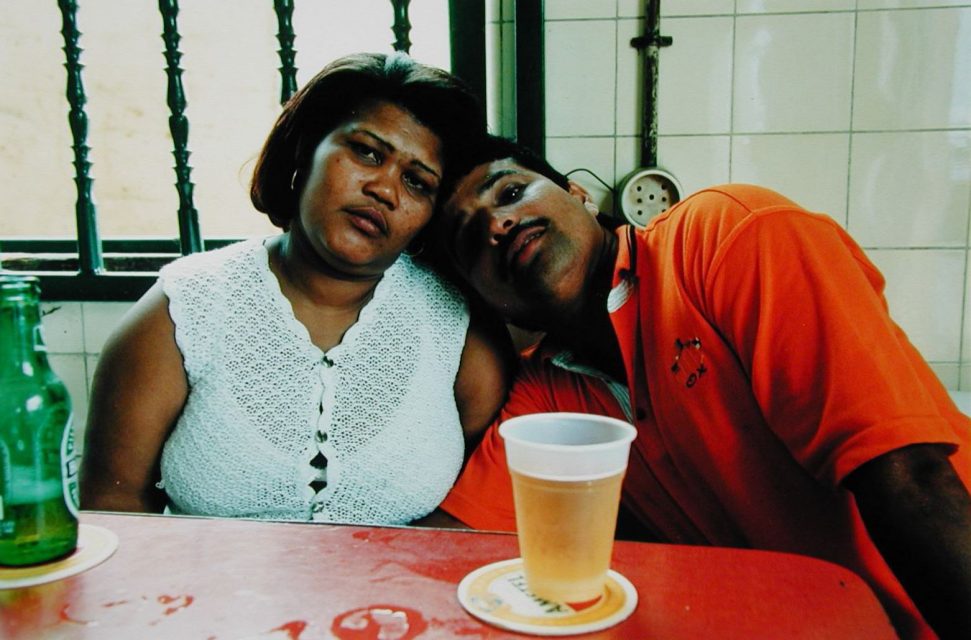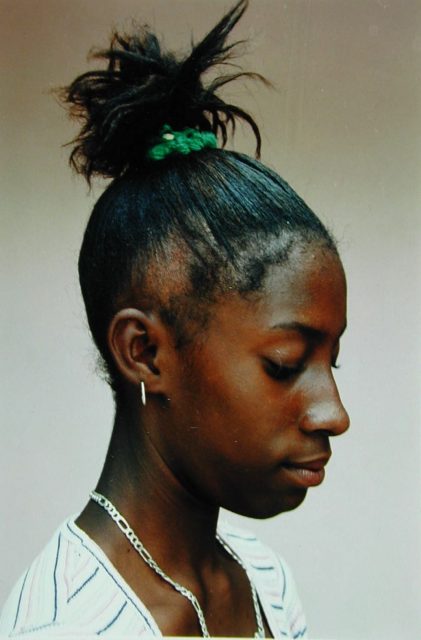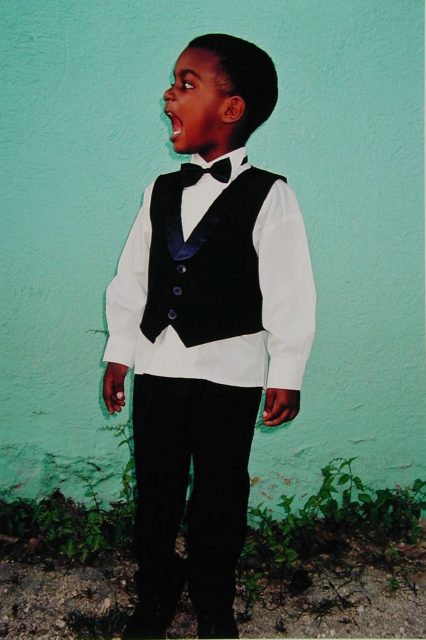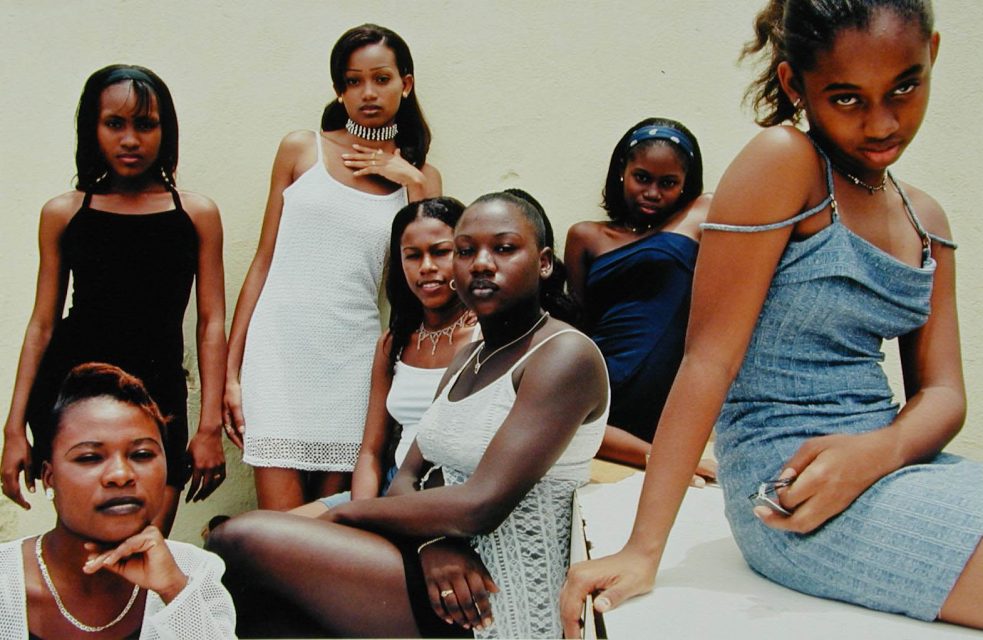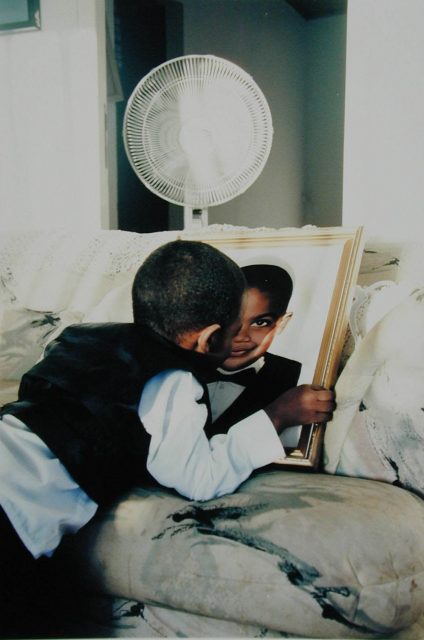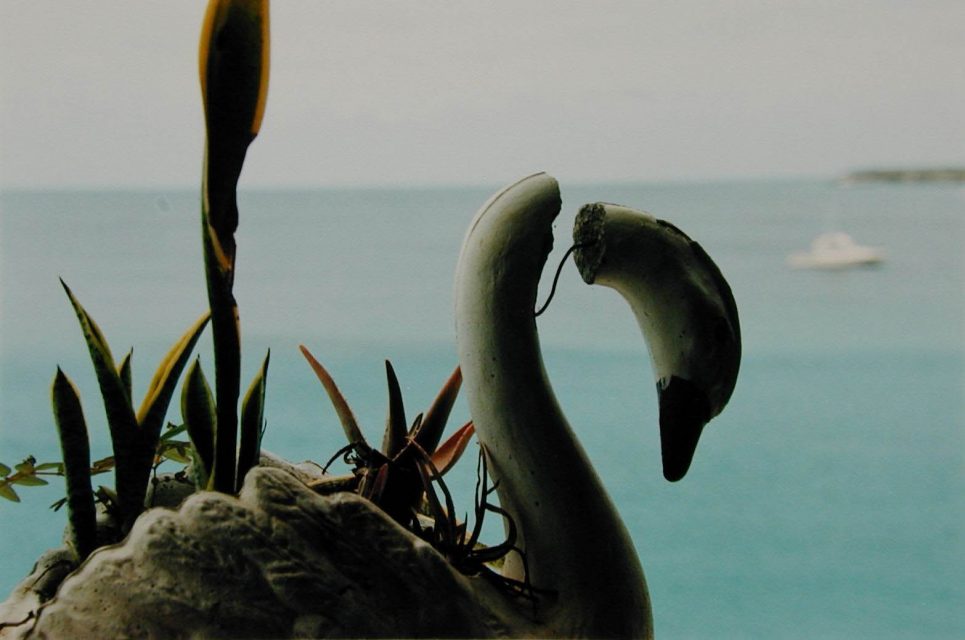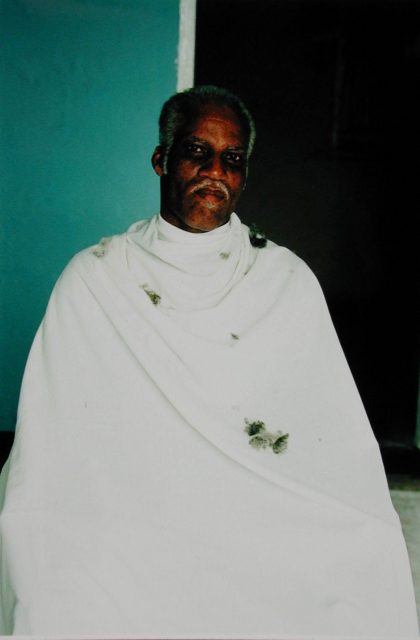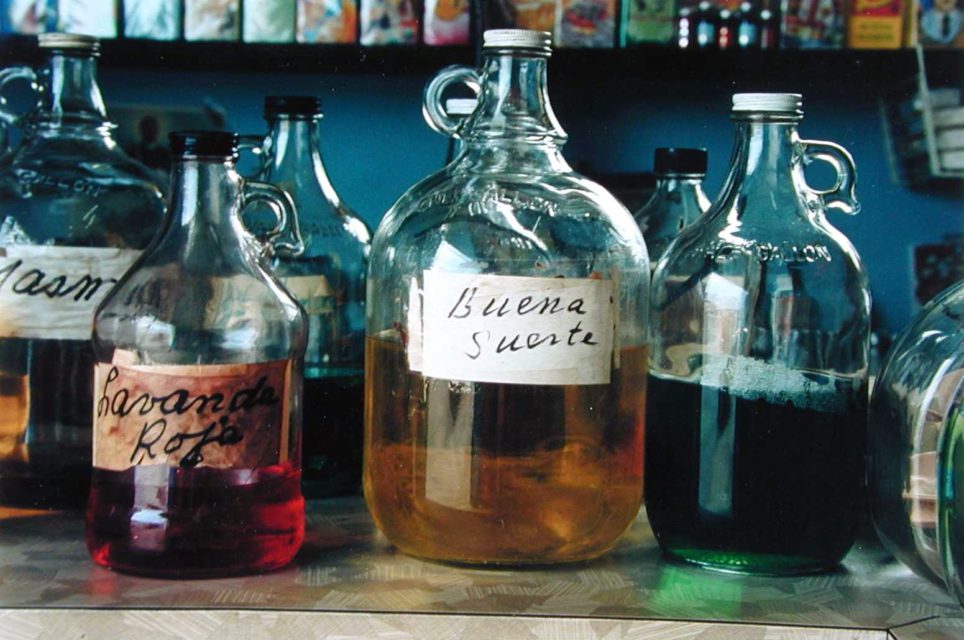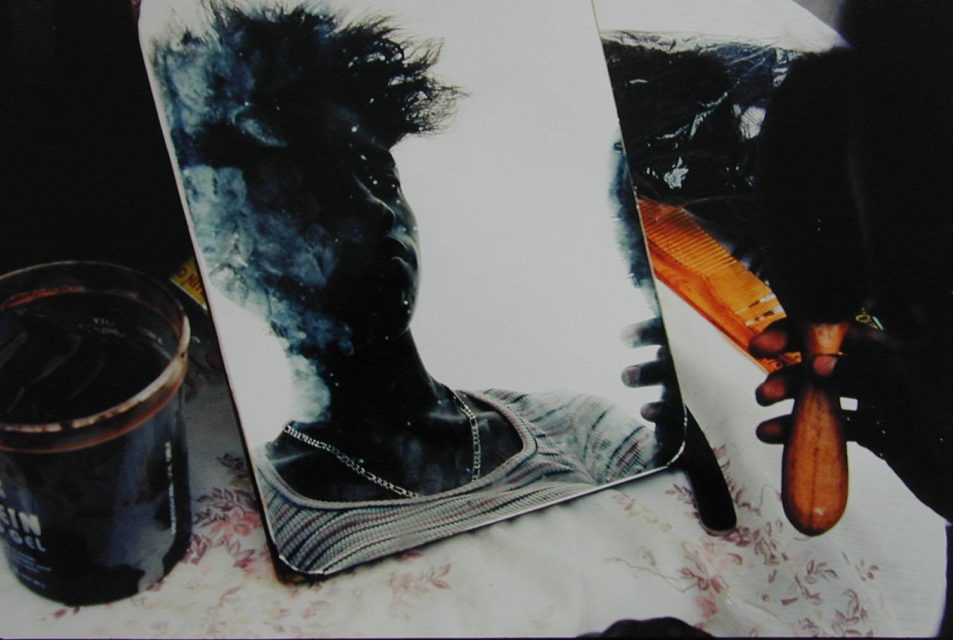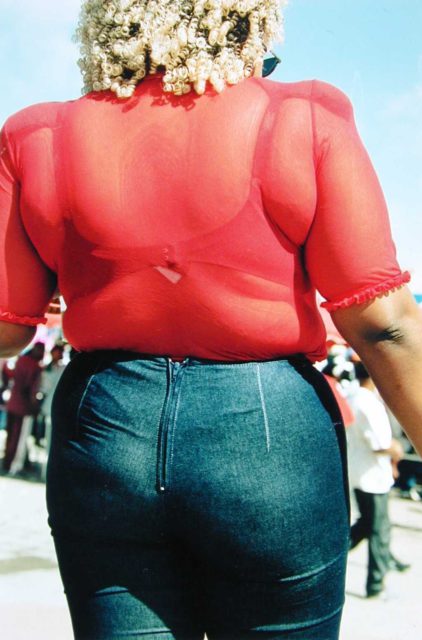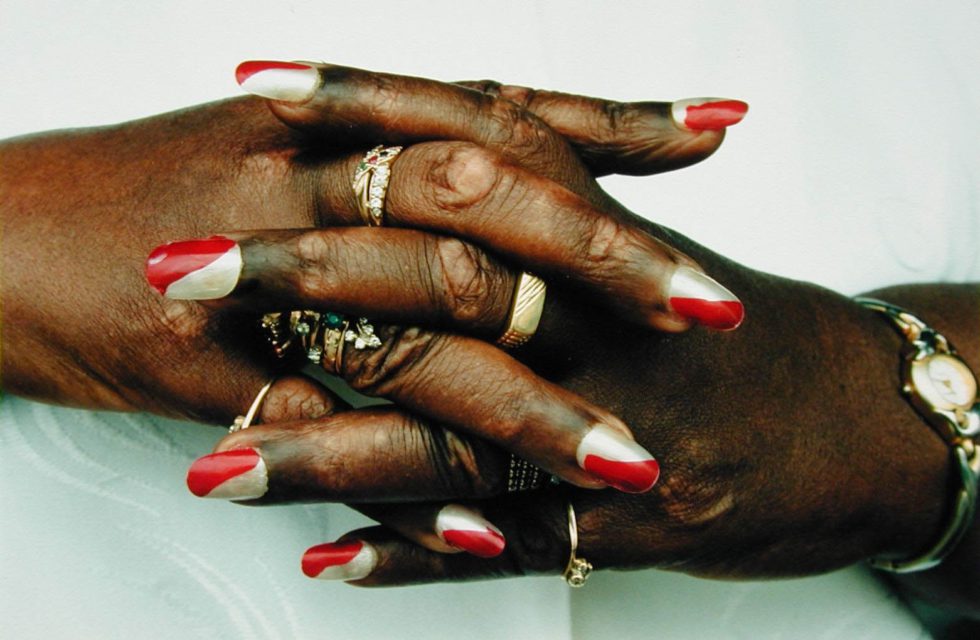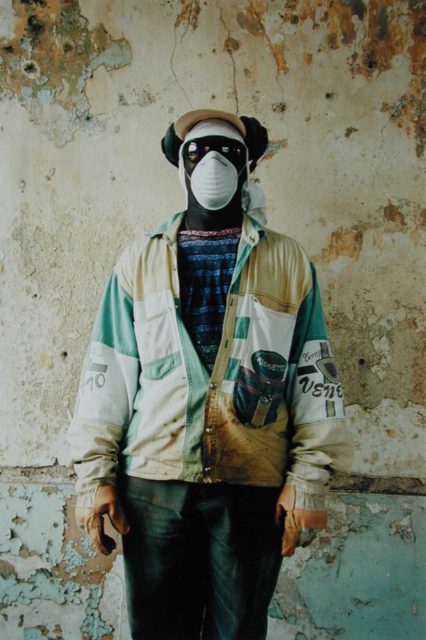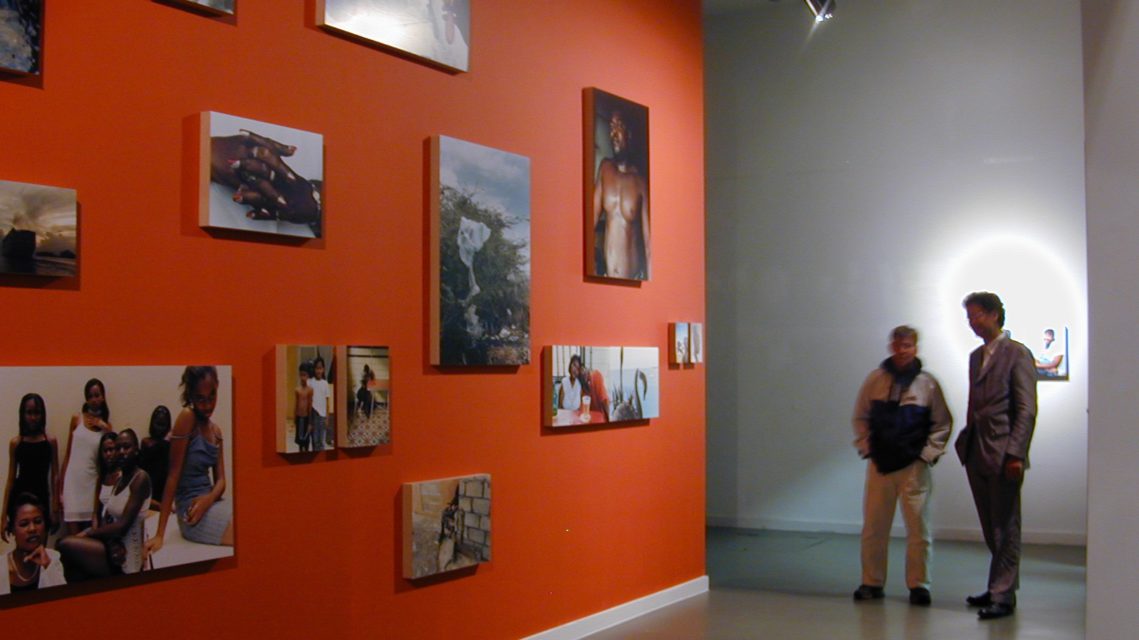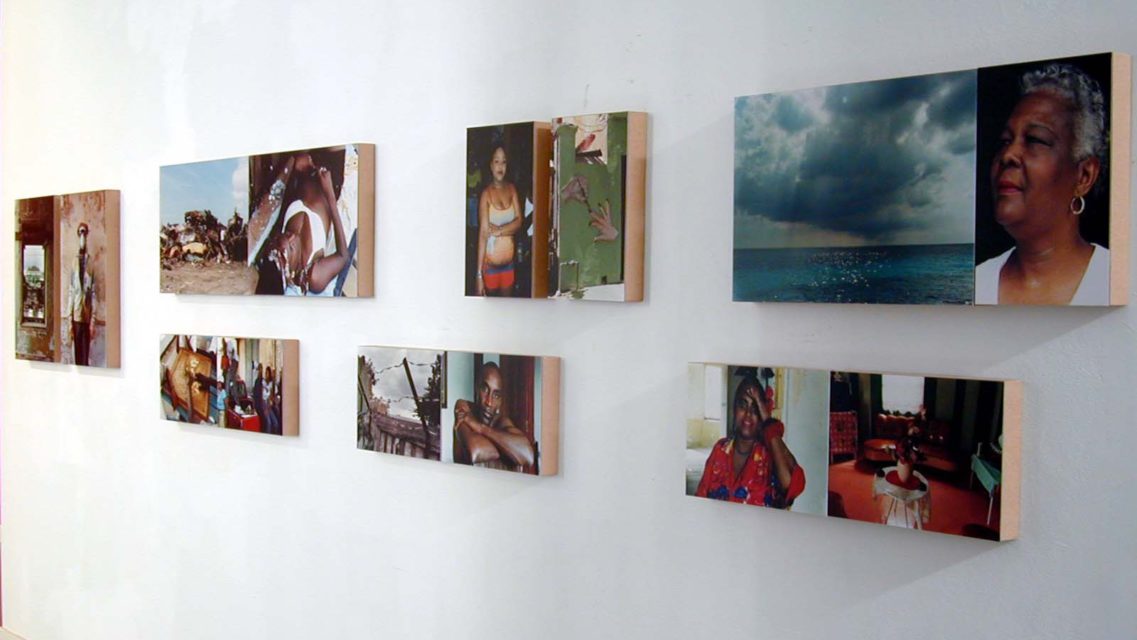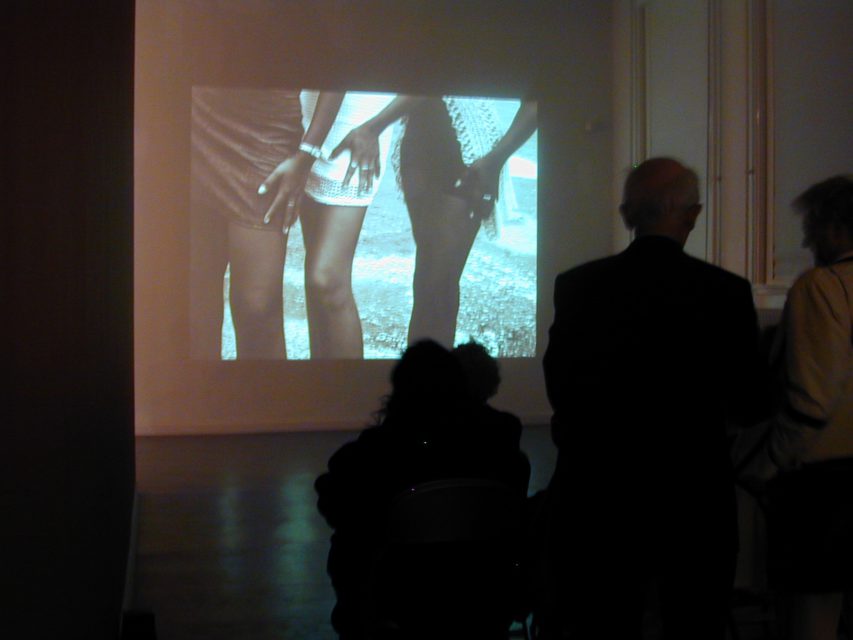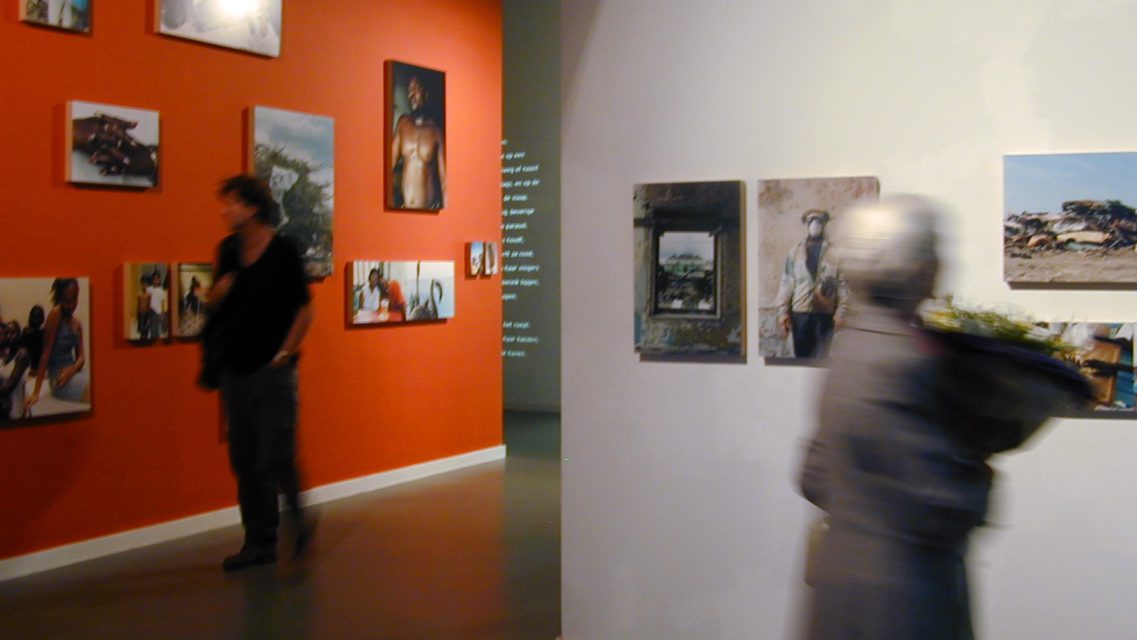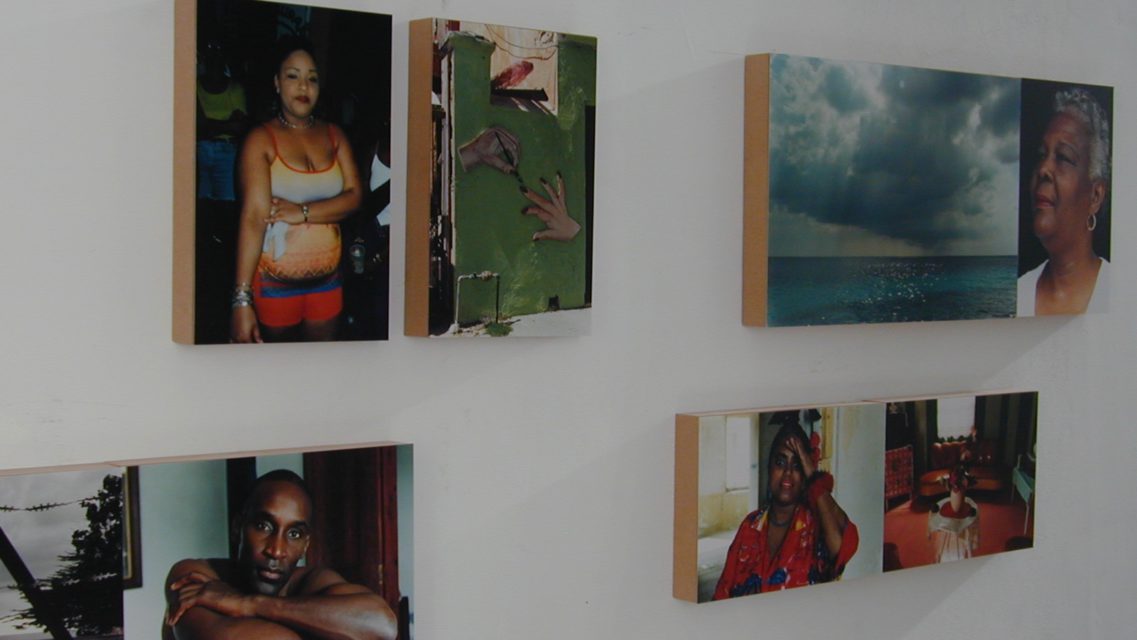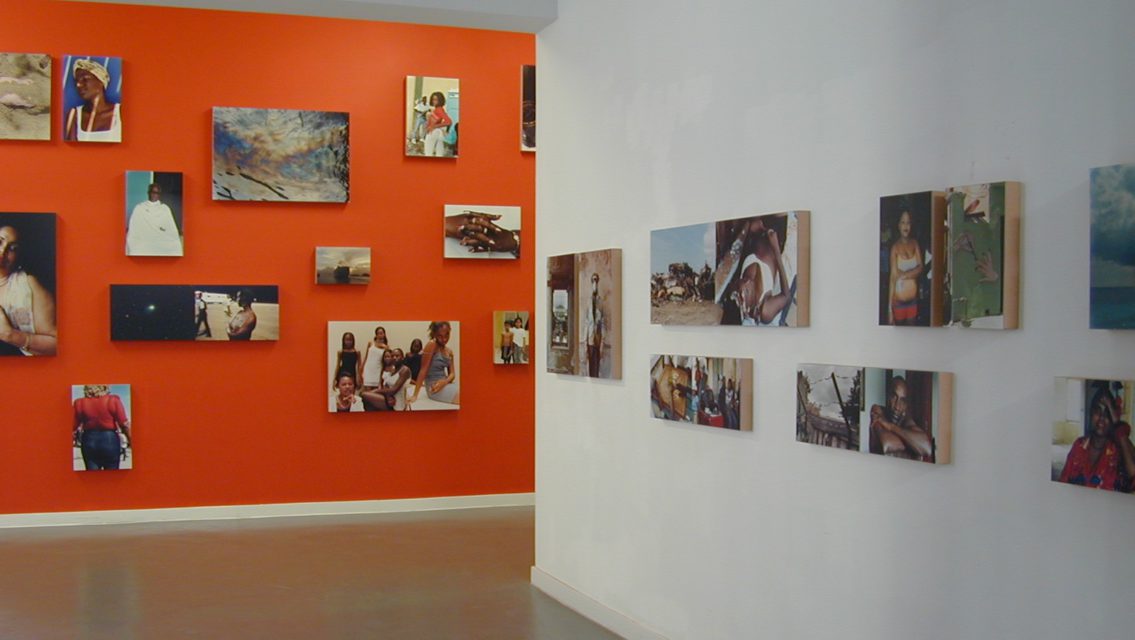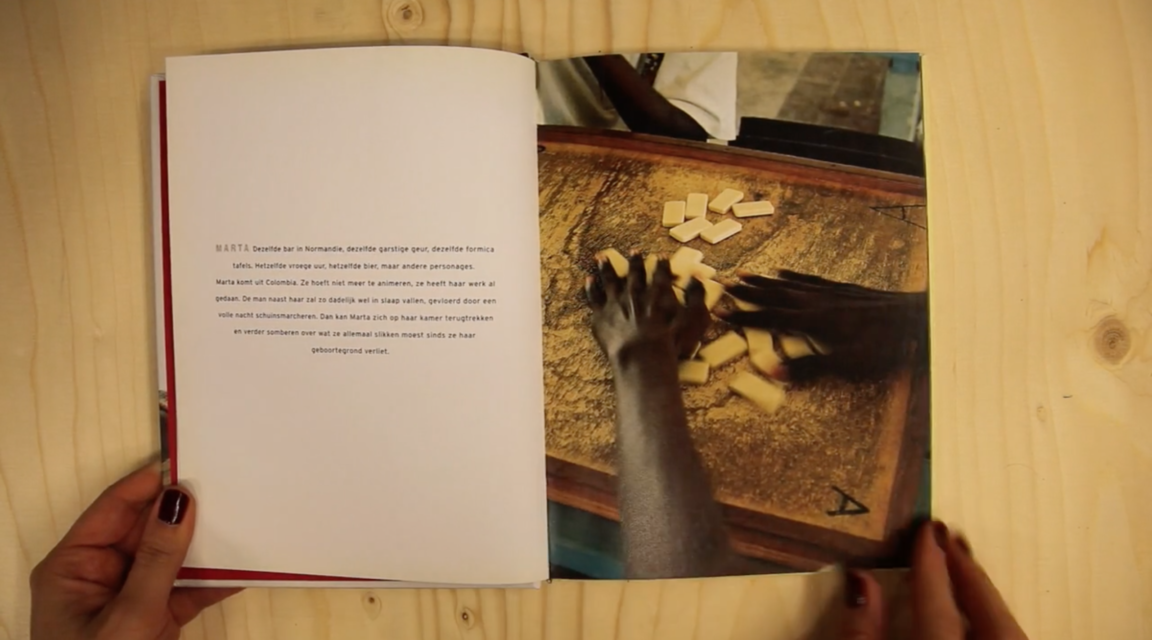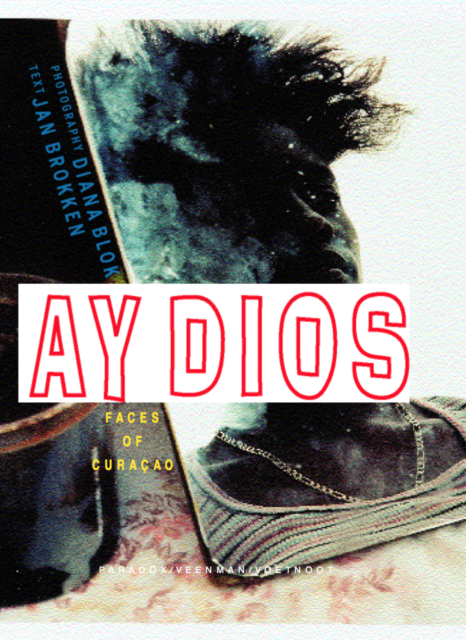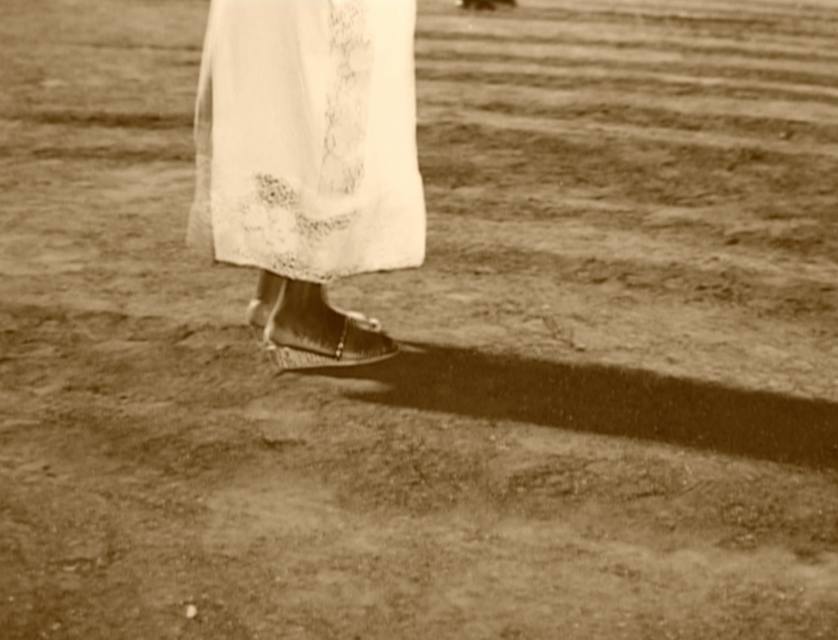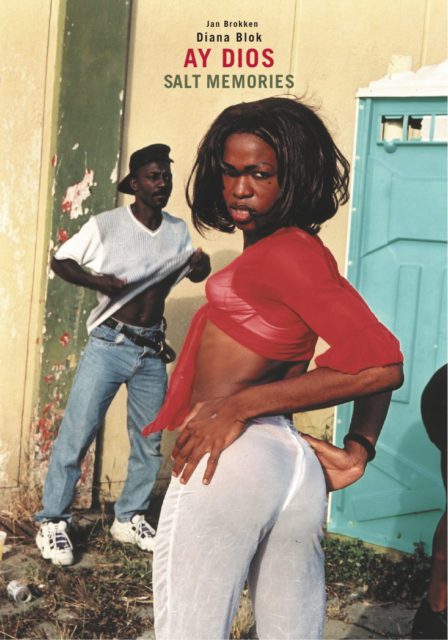“Ay Dios” (literally, “Oh, God”) is a characteristic lament of Antilleans. In the combination of the meaning of the words and the way in which they are spoken resides an impalpable but also specific form of resignation, the realisation of not being able to determine (or at least fully determine) one’s own fate. It is an aspect of life on the Antilles the negative sides of which can regularly be found in socio-political considerations. In novels like De droevige kampioen (‘The Sad Champion’, 1997) and Voel maar (‘Just Feel’, 2001), over the last few years the writer Jan Brokken succeeded in making the fascinating sides of the Antillean manner of looking at life understandable too, thereby sketching a more complete image. But contemporary visual material that fits with this has been almost entirely lacking.
As a part of an exchange project with the Antilles, set up by the Centre for Visual Arts in Rotterdam, photographer Diana Blok stayed in Curaçao for a number of months. Because of her South American background (Blok came to The Netherlands only at the age of 22), the culture and mentality of the Antilleans was not a curiosity to her, but much more a world with which she felt a sense of affinity. This was translated into images of a Curaçao that we really don’t know: of intimacy, intense contact with people, and of spirituality. These alternate with harder, more documentary images that visualise the social realities. The combination of these two worlds, flowing effortlessly into one another, makes this a fascinating document. Blok and Brokken became acquainted while she was in Curaçao, and decided to assemble a book together that does justice to the many hidden facets of the island.
Exhibition
The exhibition at TENT, following Diana Blok’s residency in Curaçao, shows visitors the island through her lens. And it’s a fascinating new perspective on the Antilles. Blok does not observe the people of Willemstad with a particularly Western eye. She spent her childhood in Southern America, where here father worked as a diplomat, and her mother is Argentinian.
Besides photographs, the exhibition consisted of two videos that Blok produced while on Curaçao.
Book
Ay Dios is a project containing over 100 photographs made on the island of Curacao in the year 2000. This work is a result of a four month visit as artist in residence within an exchange program designed by the Visual Arts Center, Rotterdam. The selected artists were given the freedom to work on their own projects with this particular place as their source of inspiration.
In 2001, the book Ay Dios was published, which does not only contain a rich selection of photographs, but also a text written by novelist Jan Brokken.
Film
In order to complement the photographic material, Diana Blok produced two films, one called Ay Dios, the other Salt Memories. Like the photographs in the exhibition and book, they do justice to the many facets of the island of Curaçao. The films were shown in TENT, Rotterdam as part of the exhibition.
